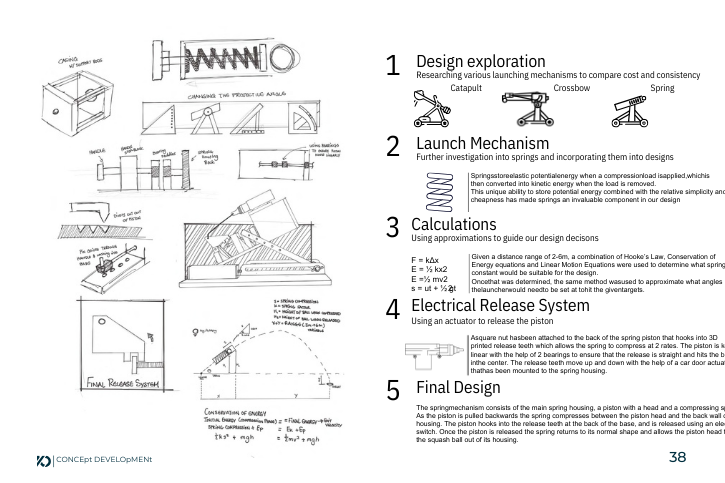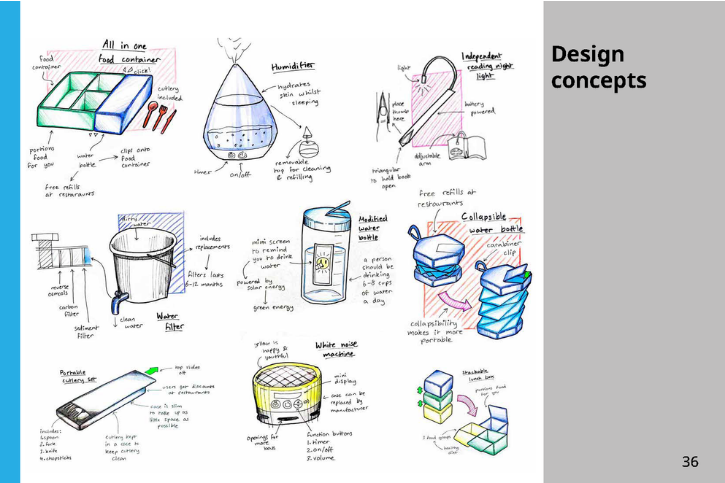Preparing university portfolios – advice to support your students
Published 26th November 2025
Preparing university portfolios – advice to support your students
London South Bank University has shared practical guidance to help design students prepare strong portfolios for university admissions. Associate Professor Barney Townsend explains that portfolios are far more revealing than predicted grades, offering insight into a student’s motivation, design thinking and potential.
Most importantly, students shouldn’t feel anxious. Admissions tutors understand they’re at the start of their journey. Passion and honesty come before perfection.
What LSBU looks for
At LSBU, the portfolio is seen as a curated graphical summary of a student’s experience and skill set. The focus is on the process:
- how they respond to a brief
- their approach to problem solving
- early sketches, models and prototypes
- ability to reflect on their work
- user awareness and empathy
Showing their design journey matters more than presenting flawless final products.
Watch: guidance from LSBU
A short video featuring Barney Townsend, Associate Professor and Course Leader for BSc (Hons) Product Design and Technology at London South Bank University, will be embedded here.
He offers reassuring advice for students on how to approach portfolio preparation and what admissions tutors really want to see.
Top tips to pass on to students
Teachers can help students by encouraging them to:
- research other design portfolios for layout ideas
- use clear, simple formatting with consistent page styles
- include high-resolution images and clean scans of sketches
- avoid overly decorative backgrounds
- bring physical prototypes where possible
Work from art, textiles, coding or personal projects is also valuable, especially if it shows creativity beyond school.


Keep it concise
A-level project pages often need refining. Students should aim for collages with focused bullet points rather than long text blocks. University reviewers usually have only 15–20 minutes during an interview, so clarity and structure are essential.
A downloadable PDF with the full article from Practice 1 2025 is available to download below, ready to use and share in your classroom.



